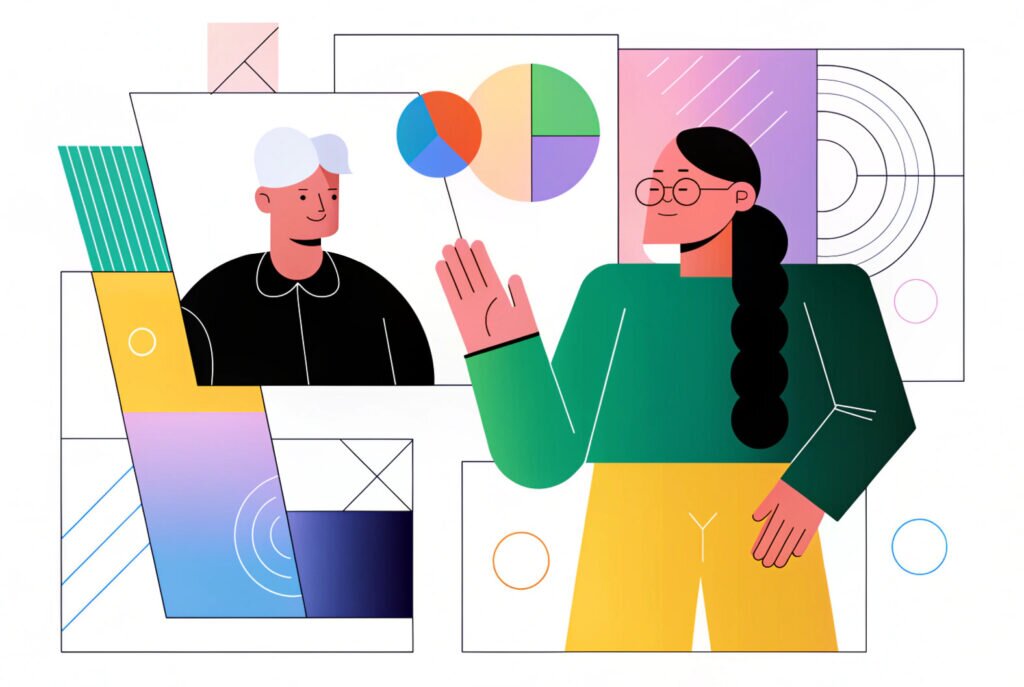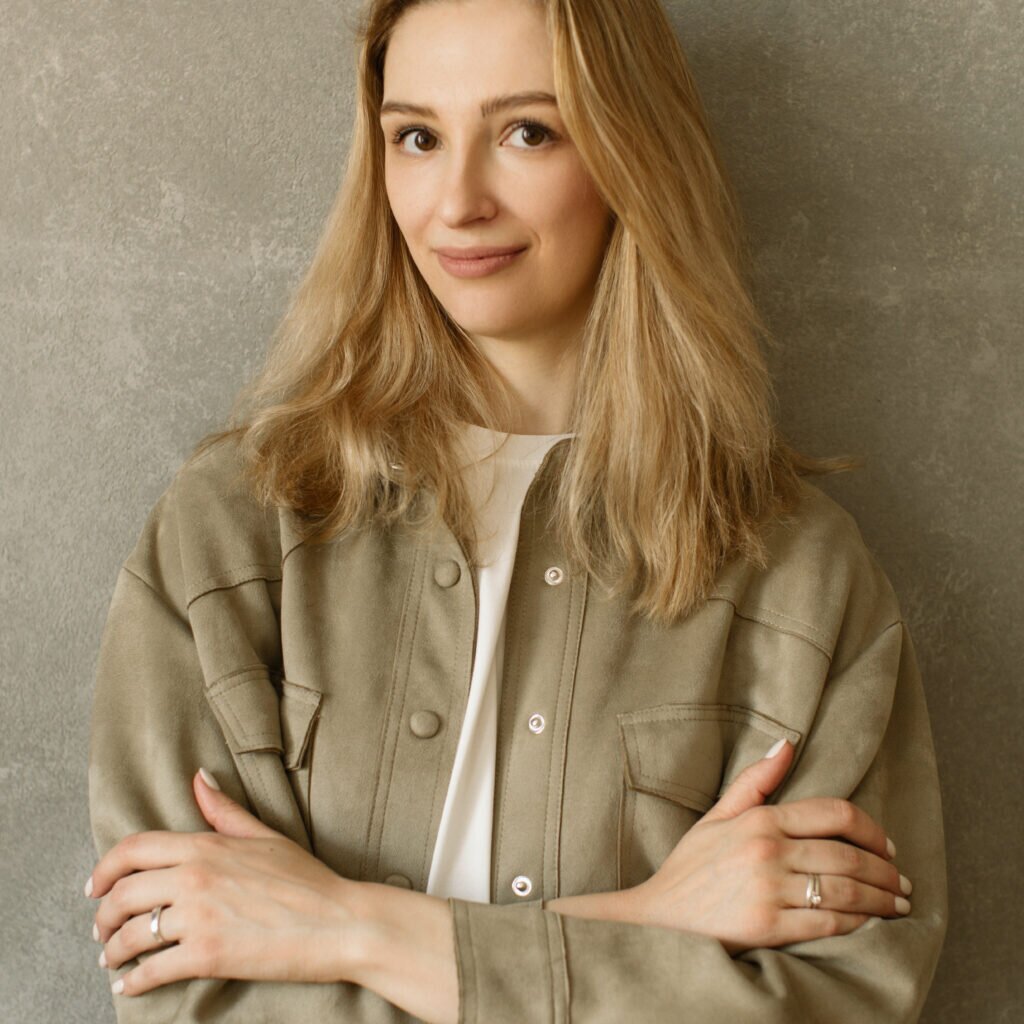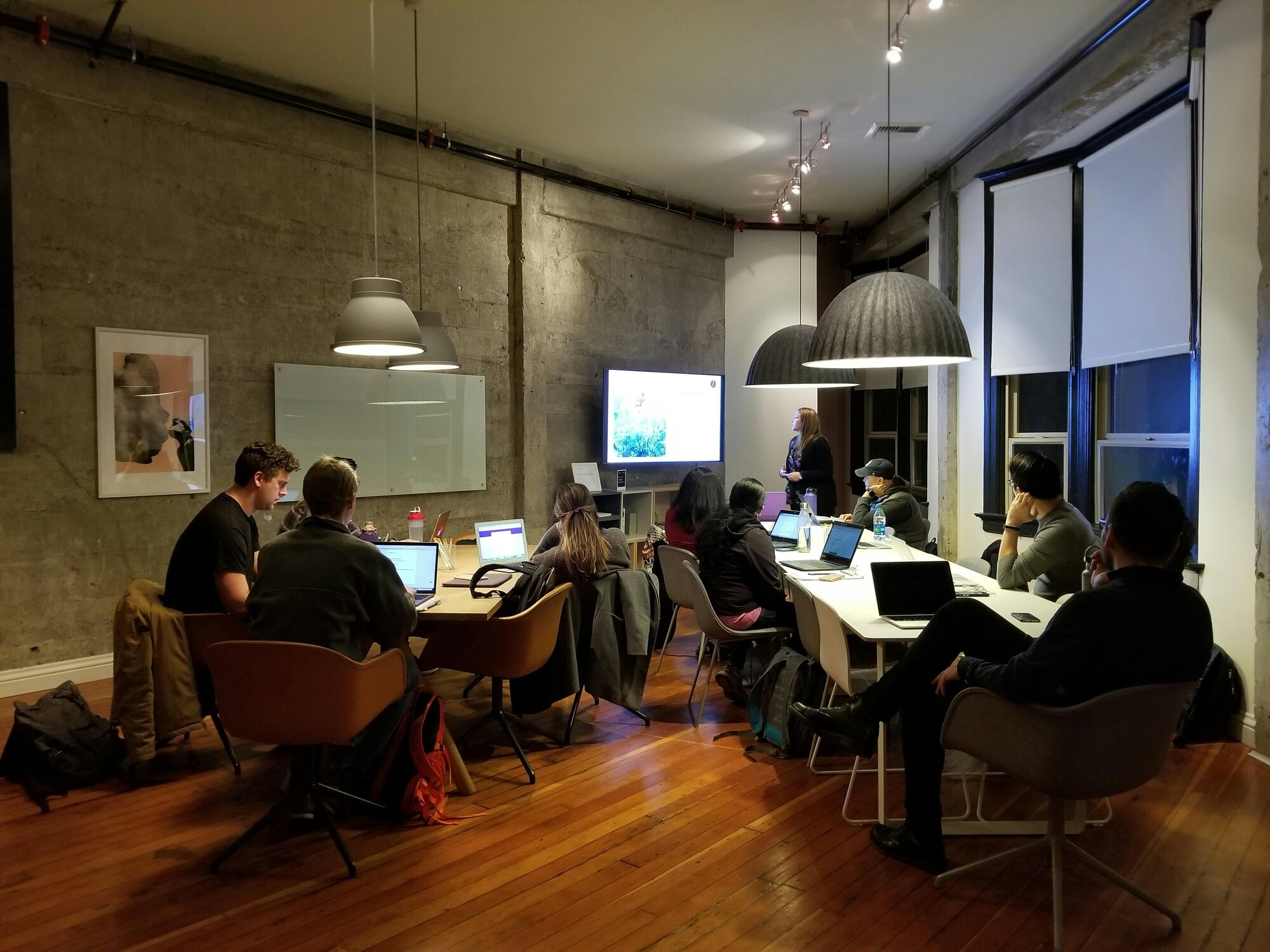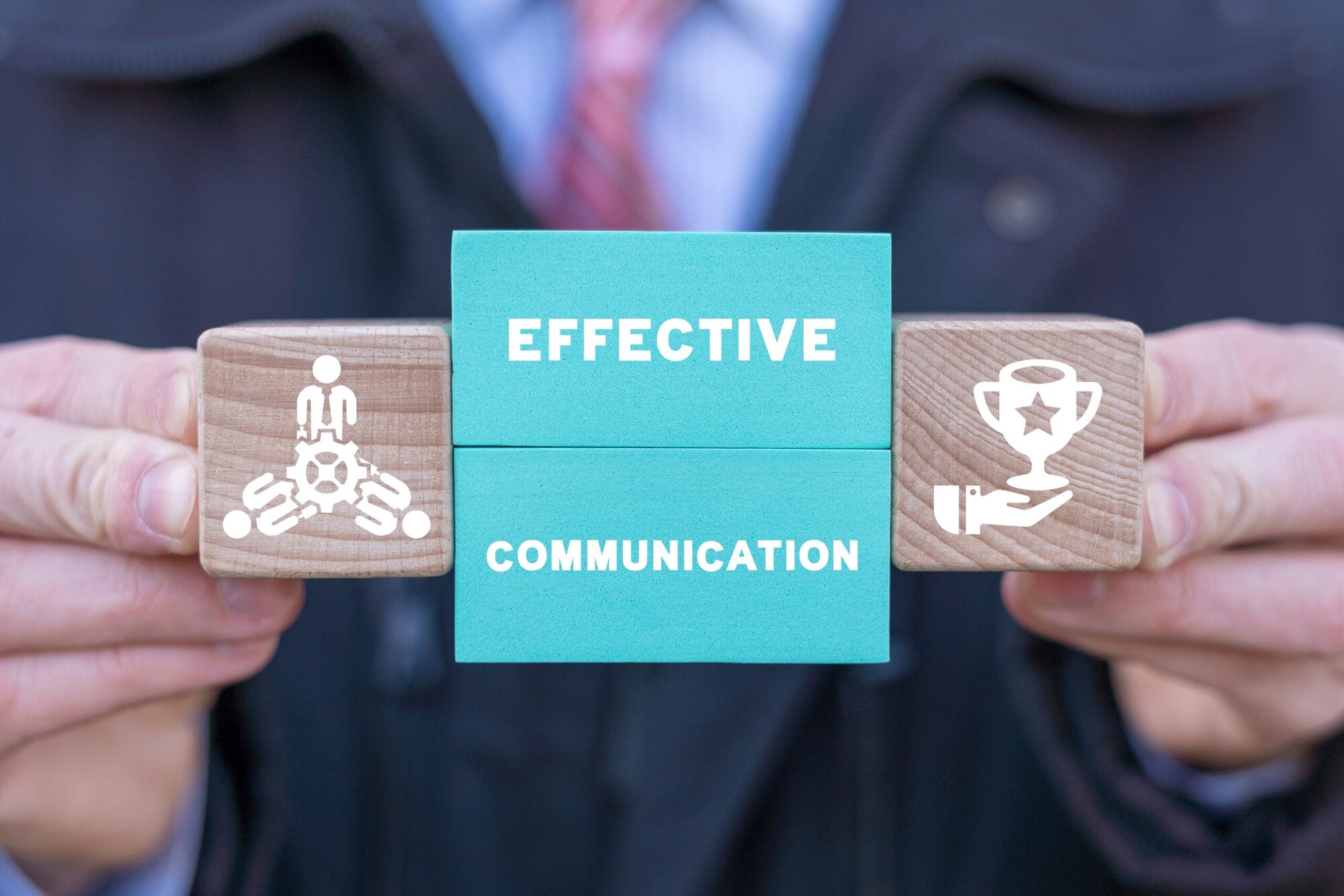My name is Marina Chernyshova. I have 7 years of experience in Product and UX/UI design, working with complex web and mobile apps. Through my experience, I have been working with different teams, and I've learned that the development of any tech product relies heavily on the effective collaboration between product designers (PD) and product managers (PM).

However, this collaboration is not always smooth. Numerous reasons might cause friction between design and product teams to occur, and these disagreements can create tension, especially while balancing user experience with business needs.
According to my professional experience, managing this friction is absolutely essential for keeping the project moving forward. Misalignment between design and product can lead to misunderstandings, delays and products that fail to meet both – user and business goals.
With time, I've discovered that minimizing these disagreements requires open communication, transparent procedures, and a common goal. Let's now discuss the reasons behind the conflict between the Product Design and Product Management teams and possible solutions.
Why does friction between product managers and designers arise in the first place?
To manage rough spots in teamwork, it's crucial to identify their origins. While friction between product designers and product managers is nearly inevitable, understanding its root causes enables you to find effective solutions and reach compromises.
Friction between designers and product managers may happen due to several factors:
- Different priorities. Designers often prioritize user experience and aesthetics, while product managers focus more on business goals, timelines, and feature plans. Both aspects are valuable, and it is essential to find a balance between them. A well-developed design system can enhance user experience and aesthetics. To align business metrics with user experience, I typically use Customer Journey Maps and invite Product managers to collaborate on that.
- Unclear division of responsibilities and overlapping duties. In every team, responsibilities are divided differently. For instance, tasks like research might be handled by multiple people simultaneously, which can be acceptable. Conversely, some responsibilities, such as recording call summaries or setting goals, may be neglected. In my experience, this lack of clarity and responsibility can lead to arguments and misunderstandings.
- Communication gaps. People often assume that what seems obvious to them is equally clear to others, but that's not always the case. Therefore, it's important to articulate and document all key ideas clearly and, if possible, revisit them periodically. Additionally, don’t hesitate to ask for clarification if something is unclear.
I have summarized several practical tips that have significantly helped me manage friction in my work. I hope they will be valuable for you as well.
Twice a week syncs
In my experience, it is pointless to meet each day because it is difficult to make significant progress. But when the workload is tough, having a meeting once a week also is not enough, so meeting twice a week seems to be the optimal solution.
It doesn’t mean that you don’t communicate at all the rest of the time. You can use different software or platforms for collaboration, such as Slack, write comments on a Jira issue, or use tools like Figma and Miro. This approach is more time-efficient and serves as a form of written agreement.
Action items after each sync
Since the syncs are not daily, there are usually quite a lot of issues discussed, and it is easy to miss some agreements.
I make it a rule to post a brief list of our agreements and action items to my corporate Slack channel after each sync. It is also a valuable practice for the product manager to read this list carefully later and acknowledge that everything is okay.
Compiled introductory notes
If there are any user quotes, reviews, requests, analytics, published research papers, and expert articles connected with the investigated problem, it would be helpful for both – designer and product manager to see them all stored in one place before starting work. It can be anything that suits you best: a Jira issue, a Google doc, a presentation, a Confluence page, or a Miro board.
Clearly defined problem
Product designers and product managers should put their best efforts into collaboration and work on formulating the problem together. The main point is to clearly define the problem and return to this formulation when validating design solutions.
A phrase like “The users from Company X want it to work like in Product Y” does not provide a sufficient understanding of the problem that needs to be solved; it rather looks like a solution suggestion. Personally, I do not mind when a product manager offers possible solutions; the main thing is that it should not be in an ultimate form, and it’s better to have it accompanied by an explanation.
Common preliminary research
It can be done by both sides and even better together. For example, a Designer does a competitor analysis, and a product manager organizes interviews with customers. It's great when a designer can also attend these interviews, but the meeting recording or summary can be very useful too.
It is also essential to ensure that the results of this research are stored somewhere in the system and are available at any time.
Visual evidence of your point of view
It works for both sides too. The examples for that might be:
● User flow records of other products (Mobbin, Pageflow)
● Screenshots of the reviews of your own and other products
● Fragments of recordings of customer interviews
● Screenshots of the support requests
● Diagrams like mind maps, CJM, persona cards
● Screenshots from Amplitude and Google Analytics, etc.
Since both designers and product managers collaborate quite closely and less formally than they communicate with the leadership team, they often forget about the rules while presenting their solutions to each other. It is unnecessary to make a full presentation every time; however, a short explanation of a conclusion helps a lot with ensuring productive communication.
It doesn’t mean I don't trust a product manager solely based on verbal communication, but when I'm shown the visual arguments, it feels more convincing. As a designer, I find visual information more impactful, since visual materials are better perceived by us. Also, while delivering a short presentation, a designer or a product manager may notice something that was mistakenly overlooked before and offer a fresh approach to the solution of the problem.
Conclusion
It's clear that product management and product design are two critical roles that must work closely together to create successful products. I think effective collaboration is possible with a different distribution of roles; it all depends on the agreement within the team. But in any case, it’s very important to define and record all main agreements and always try to convey your idea to your colleague as unambiguously and visibly as possible. Clear communication and mutual understanding are essential to avoid misinterpretations and ensure that everyone is aligned towards the same goals.







